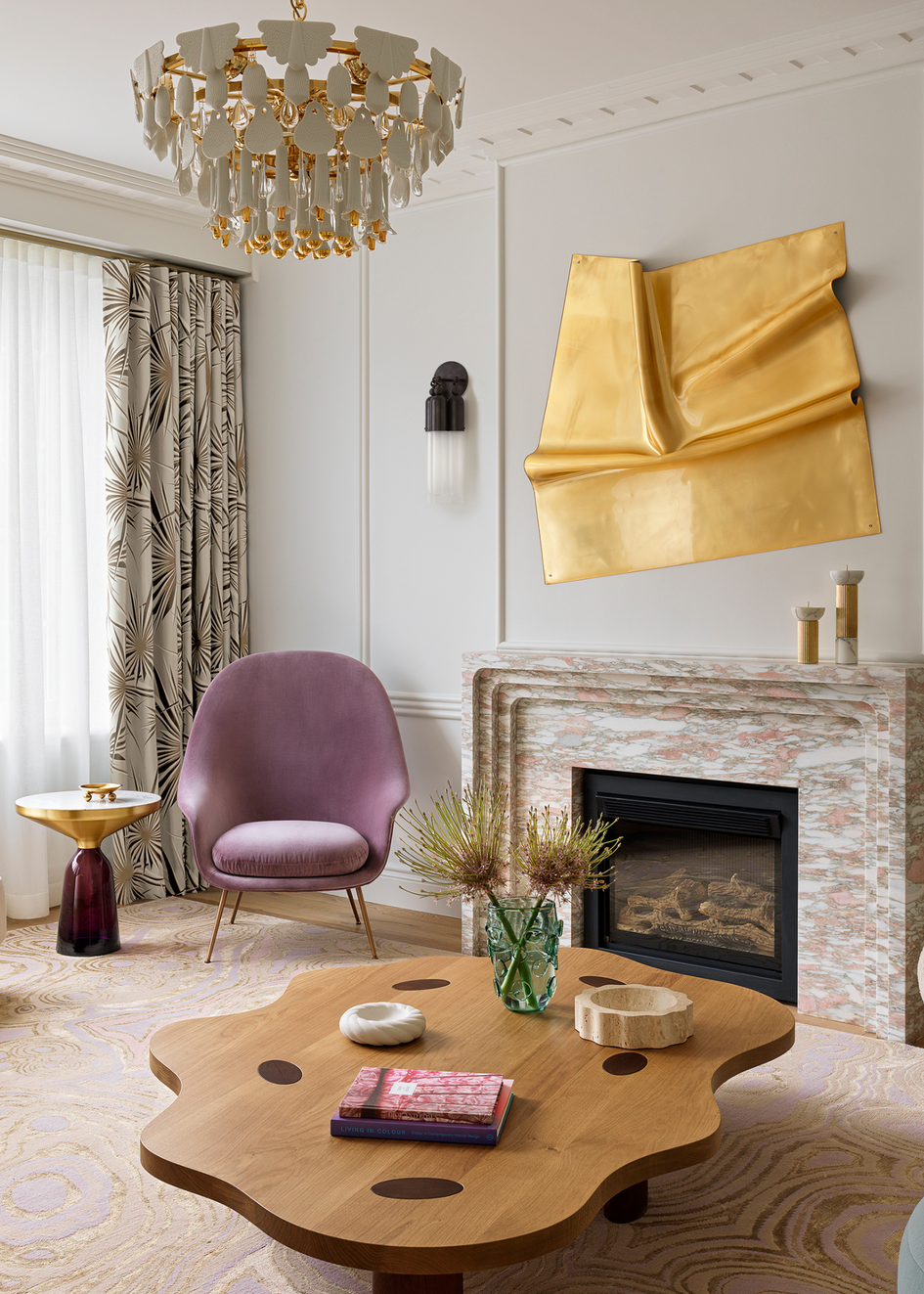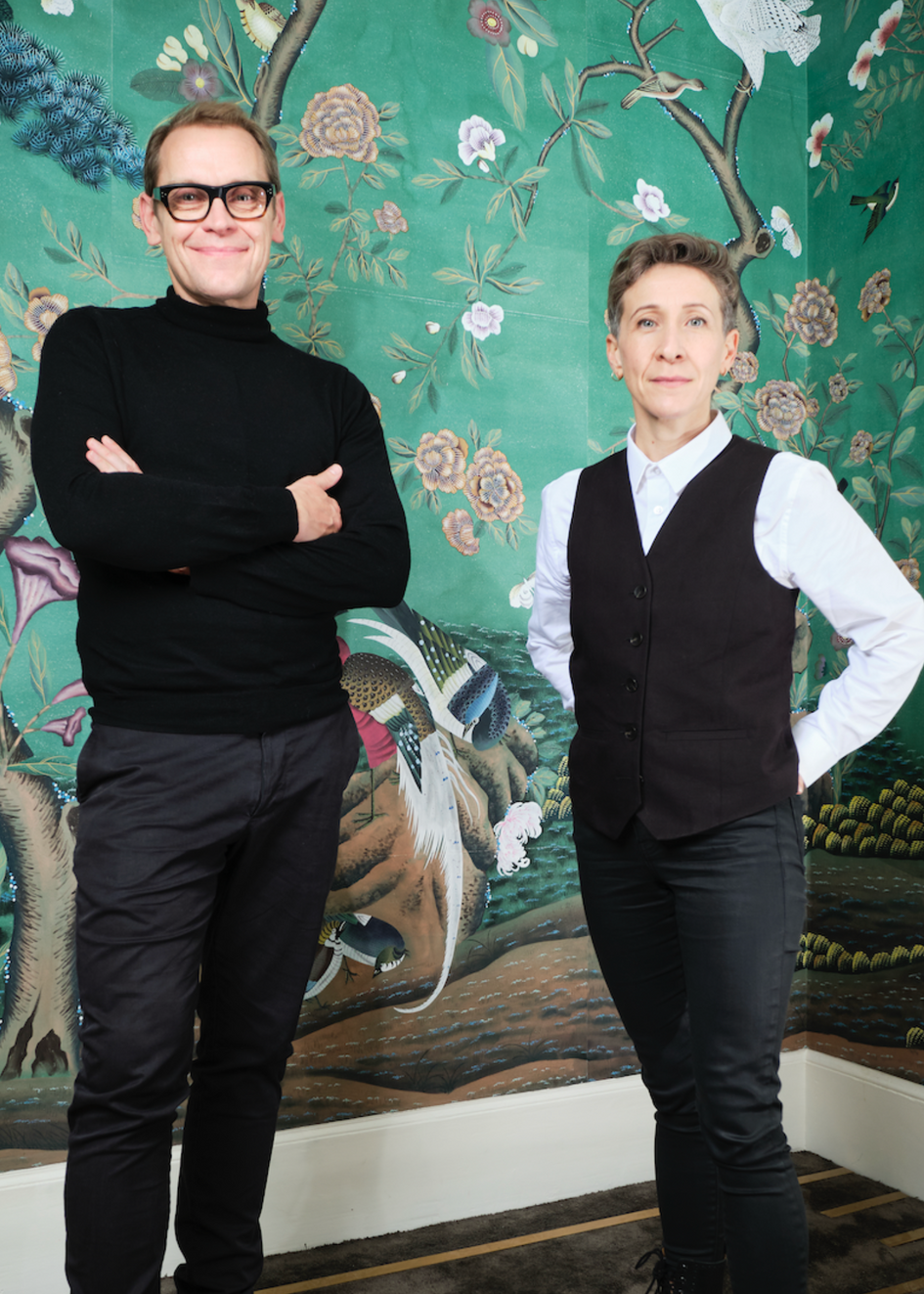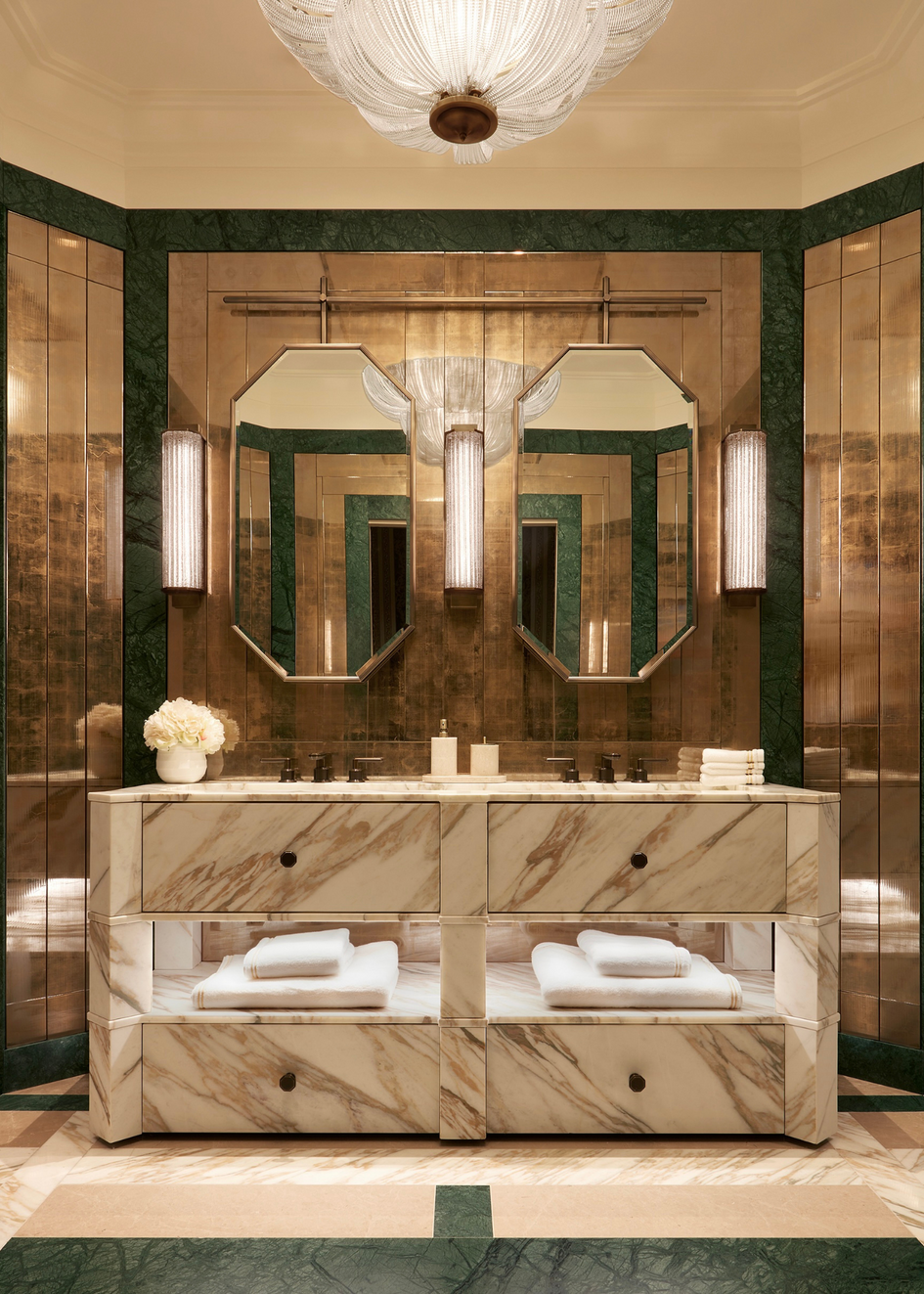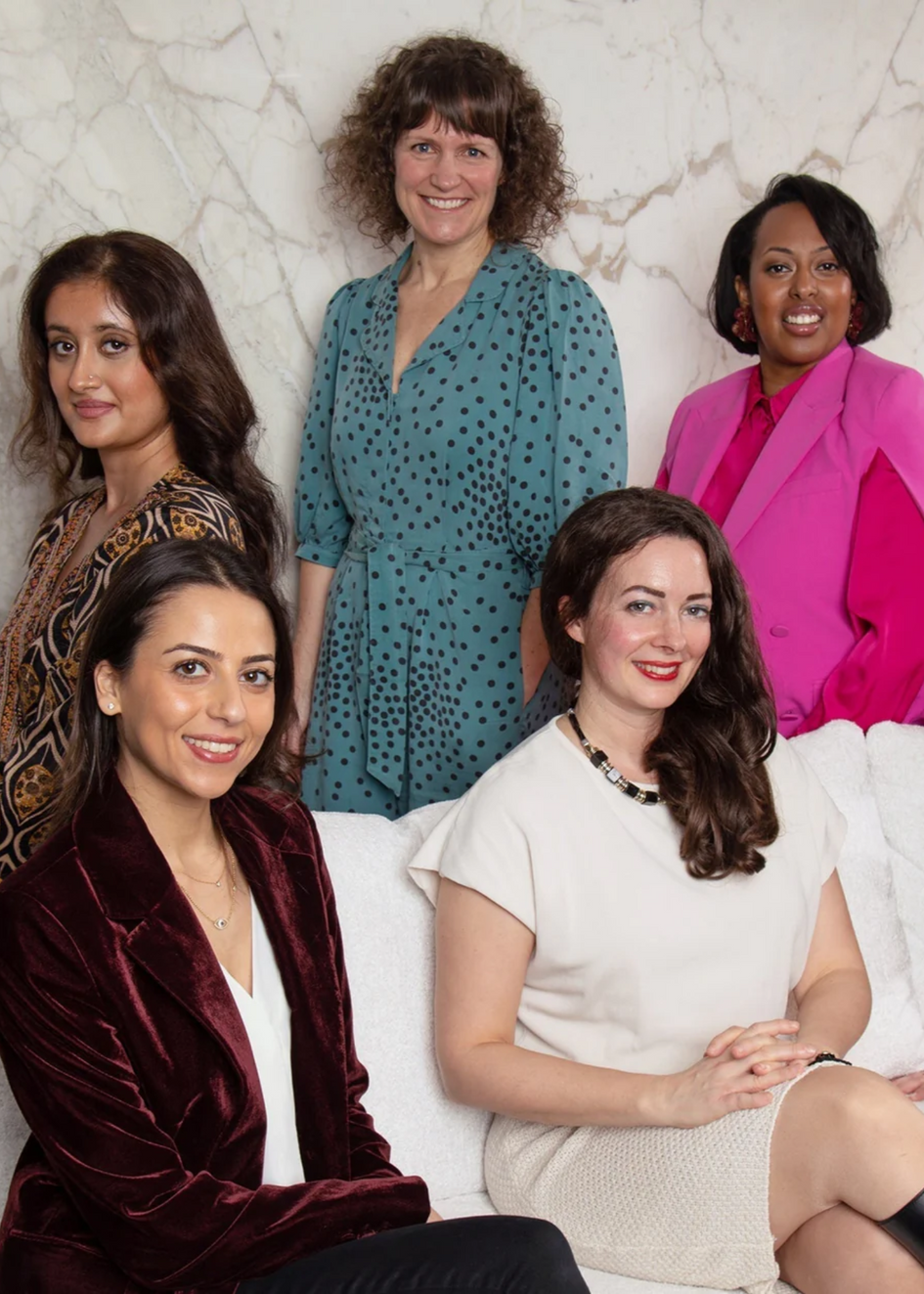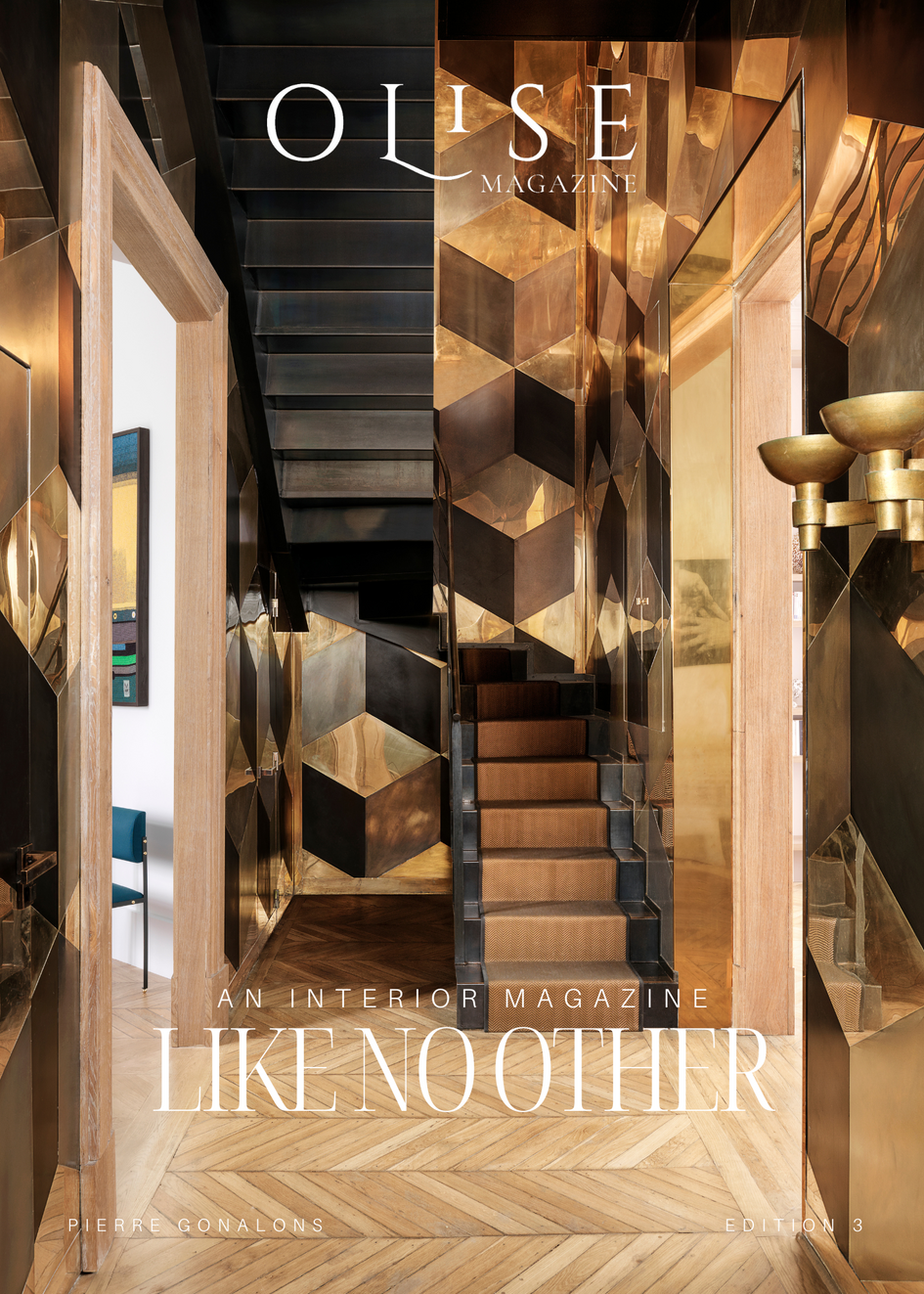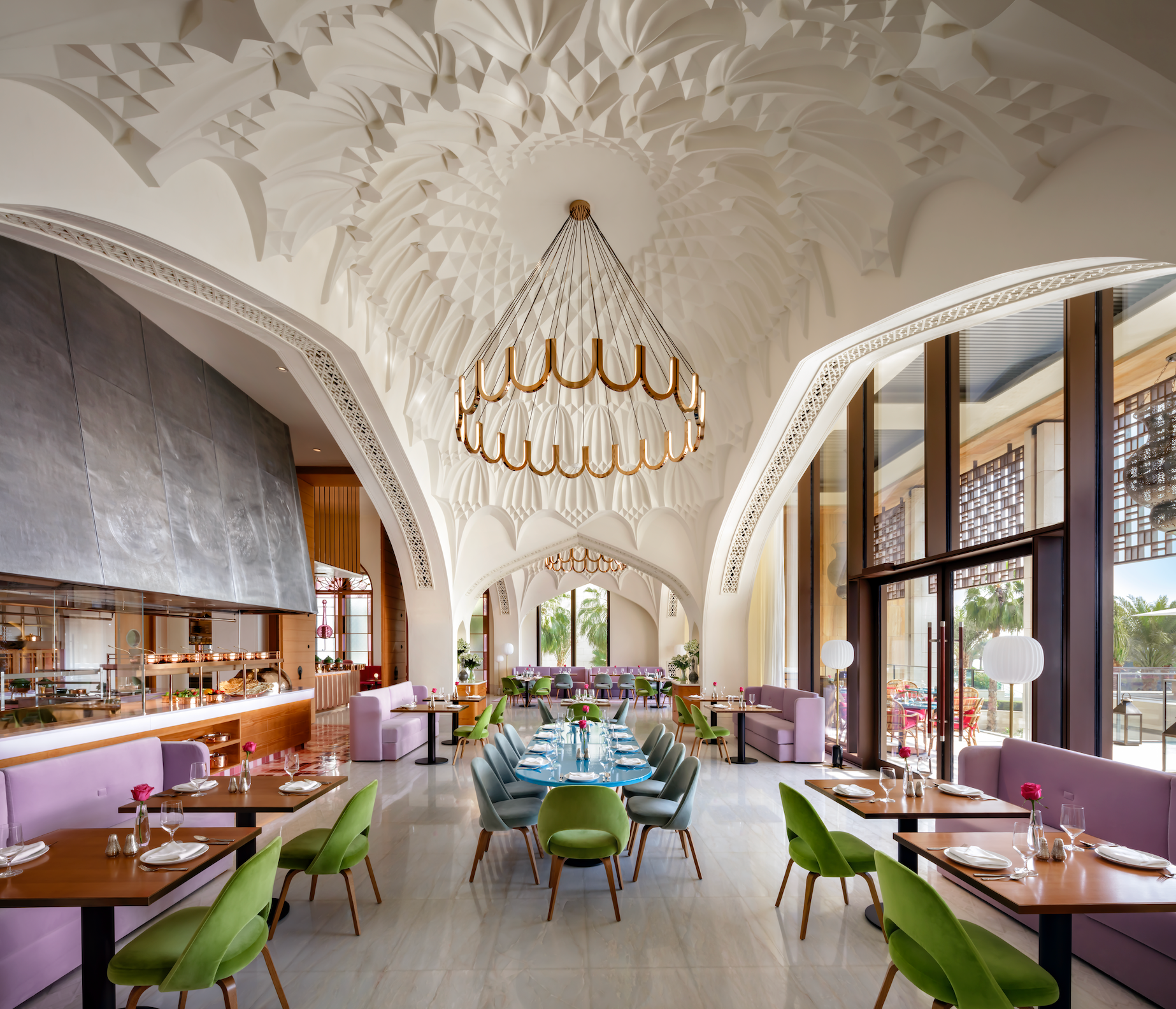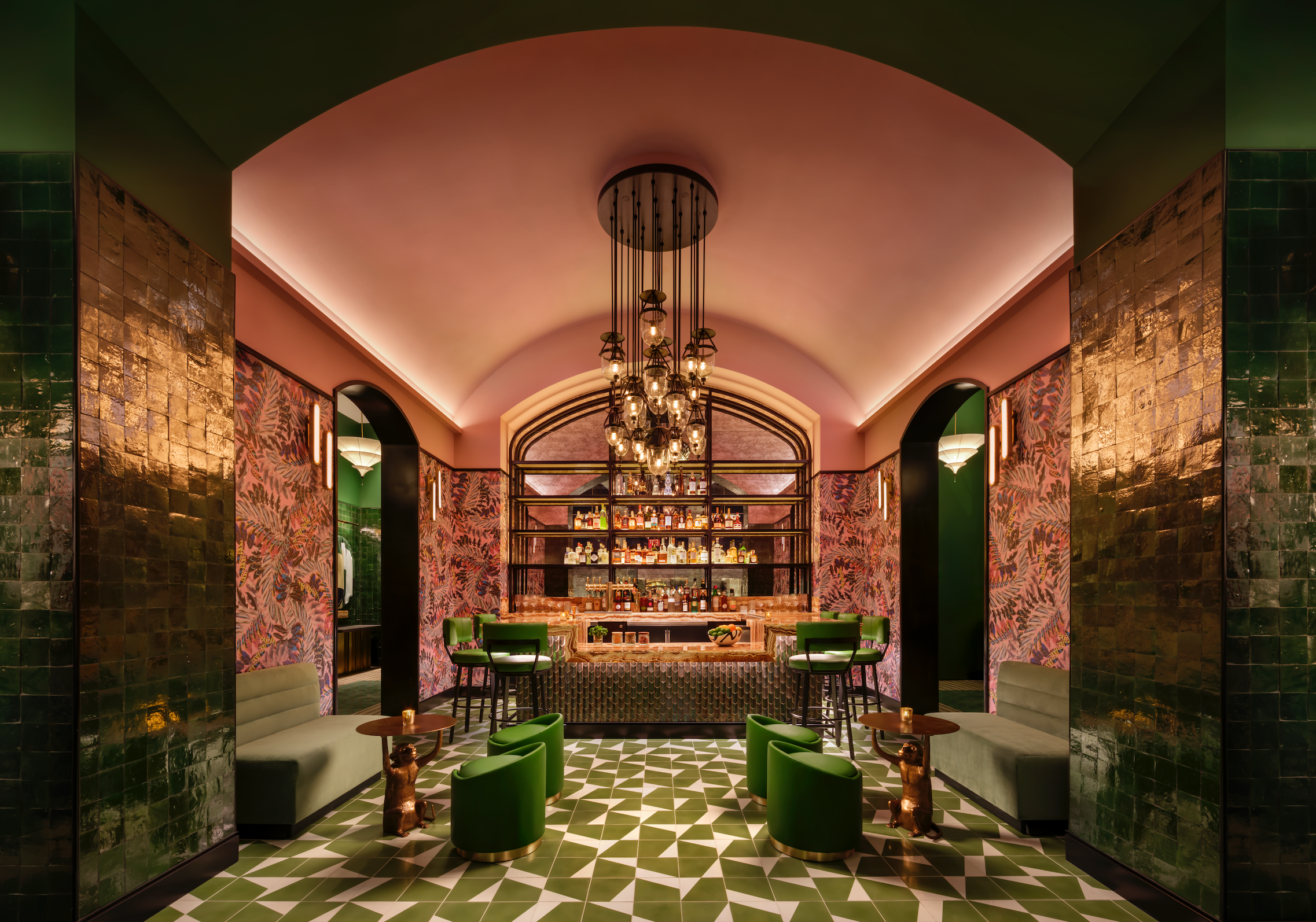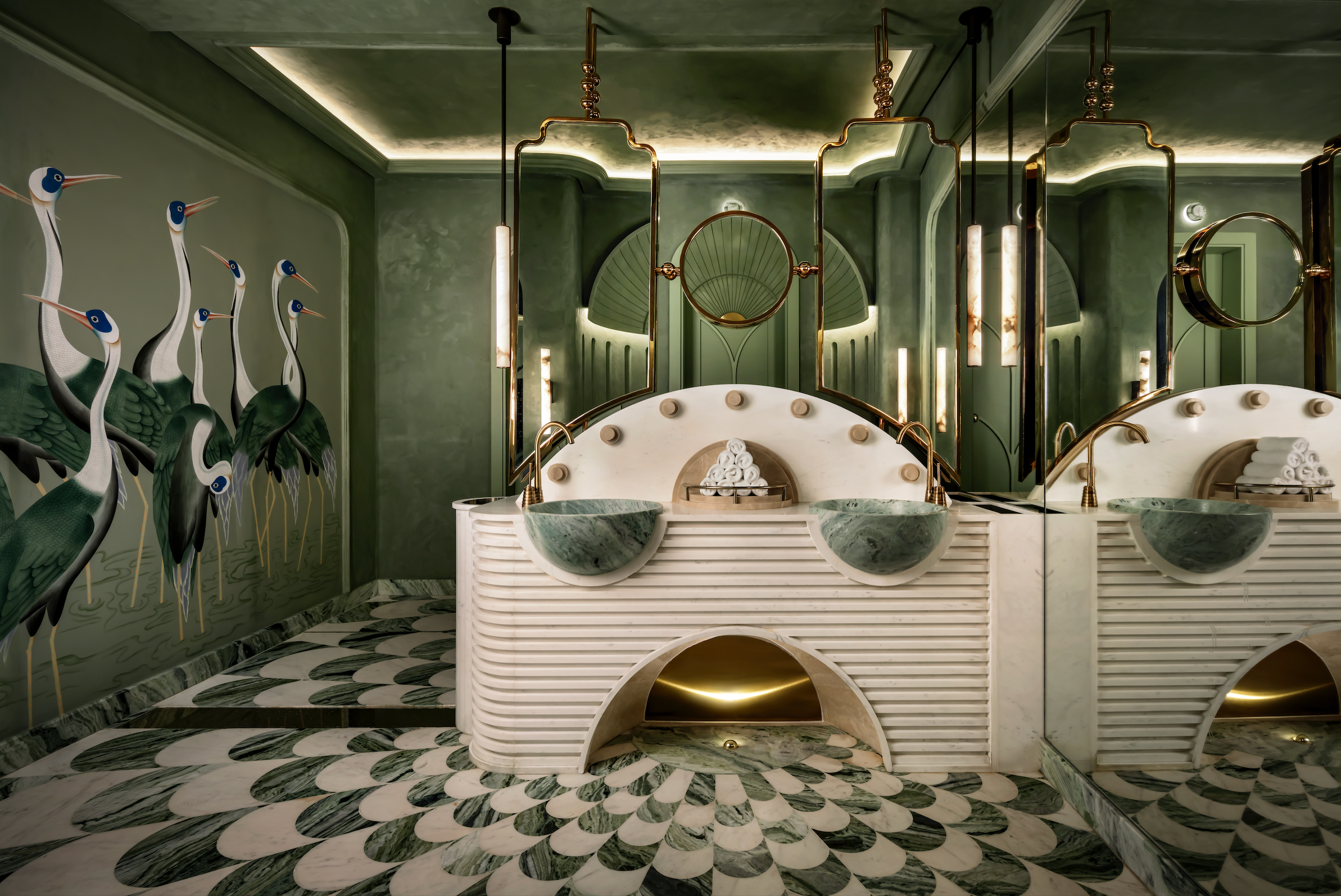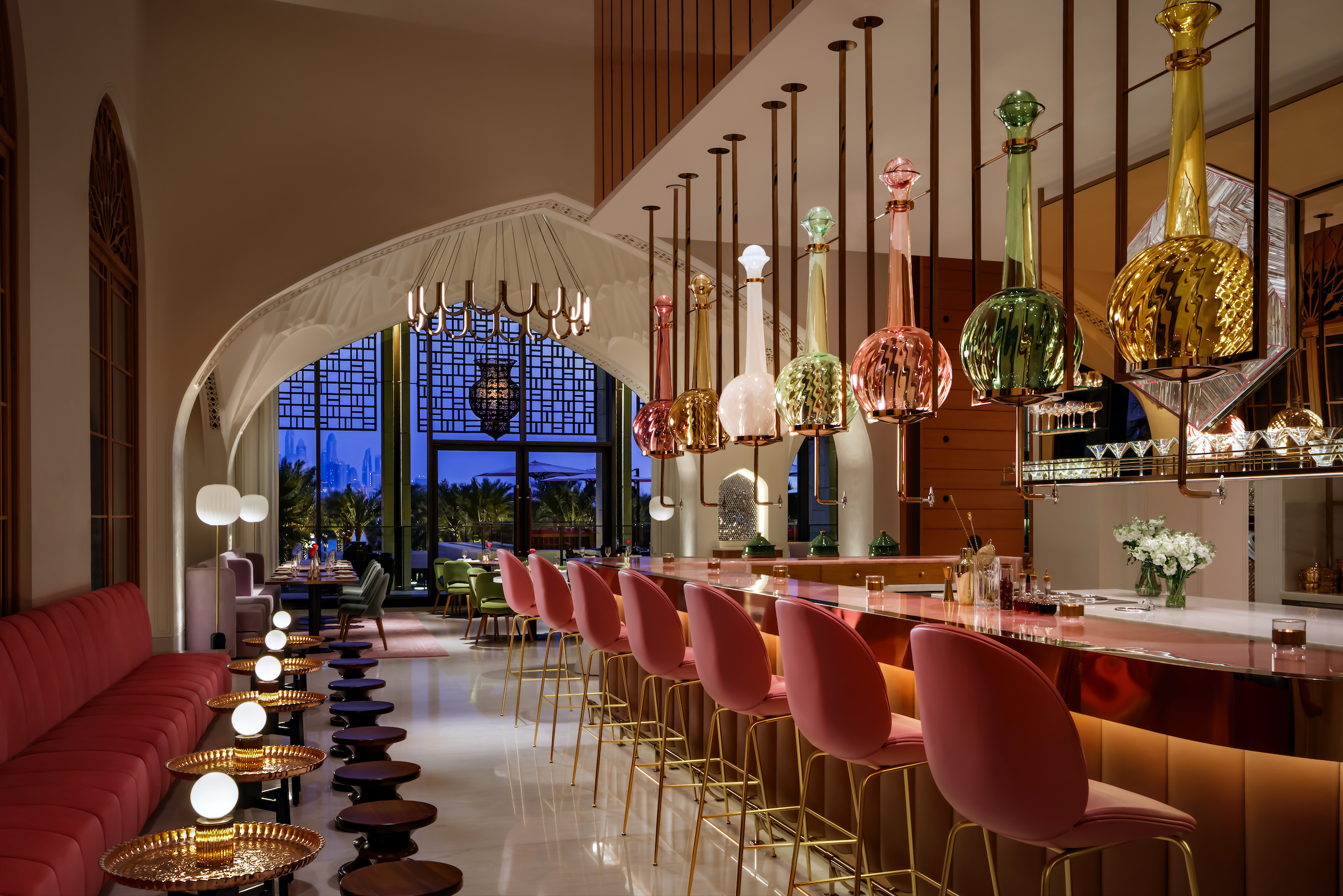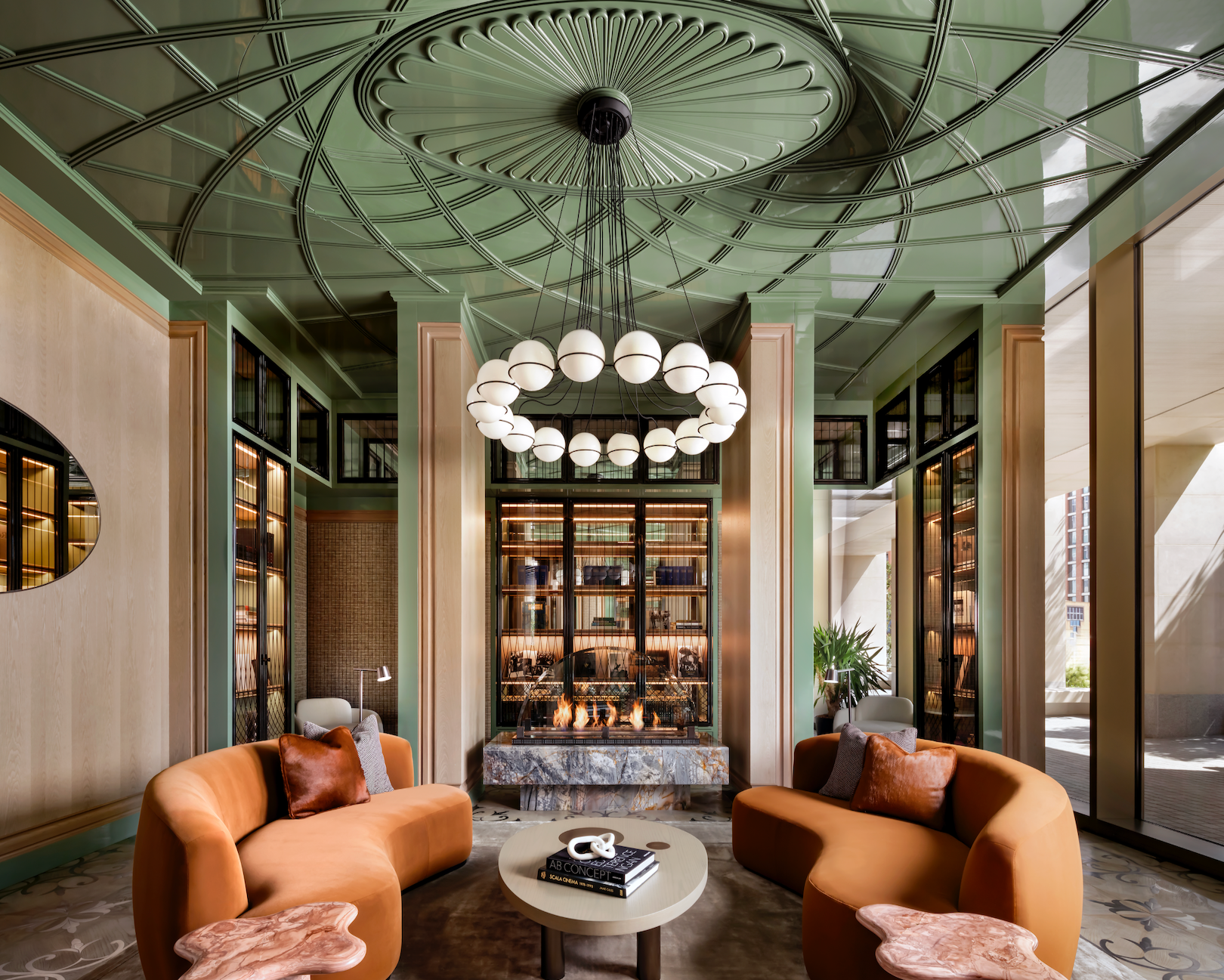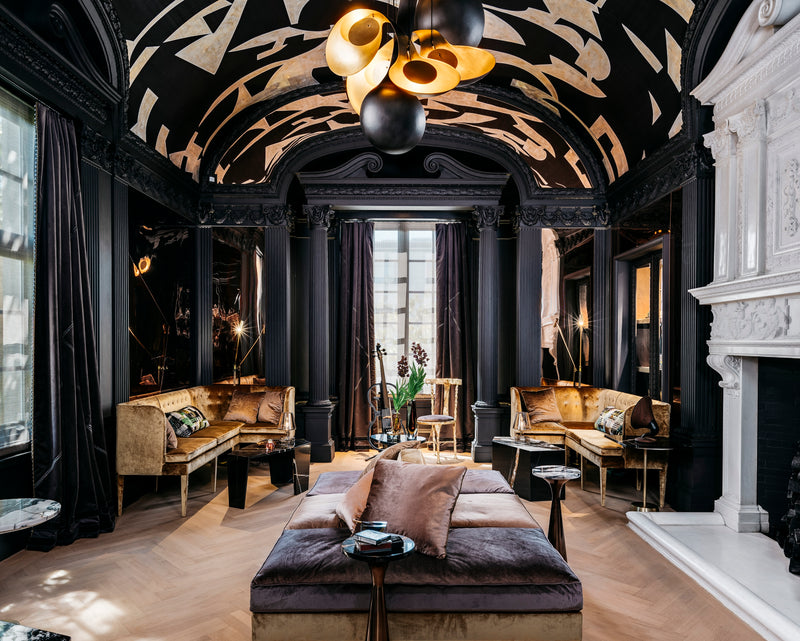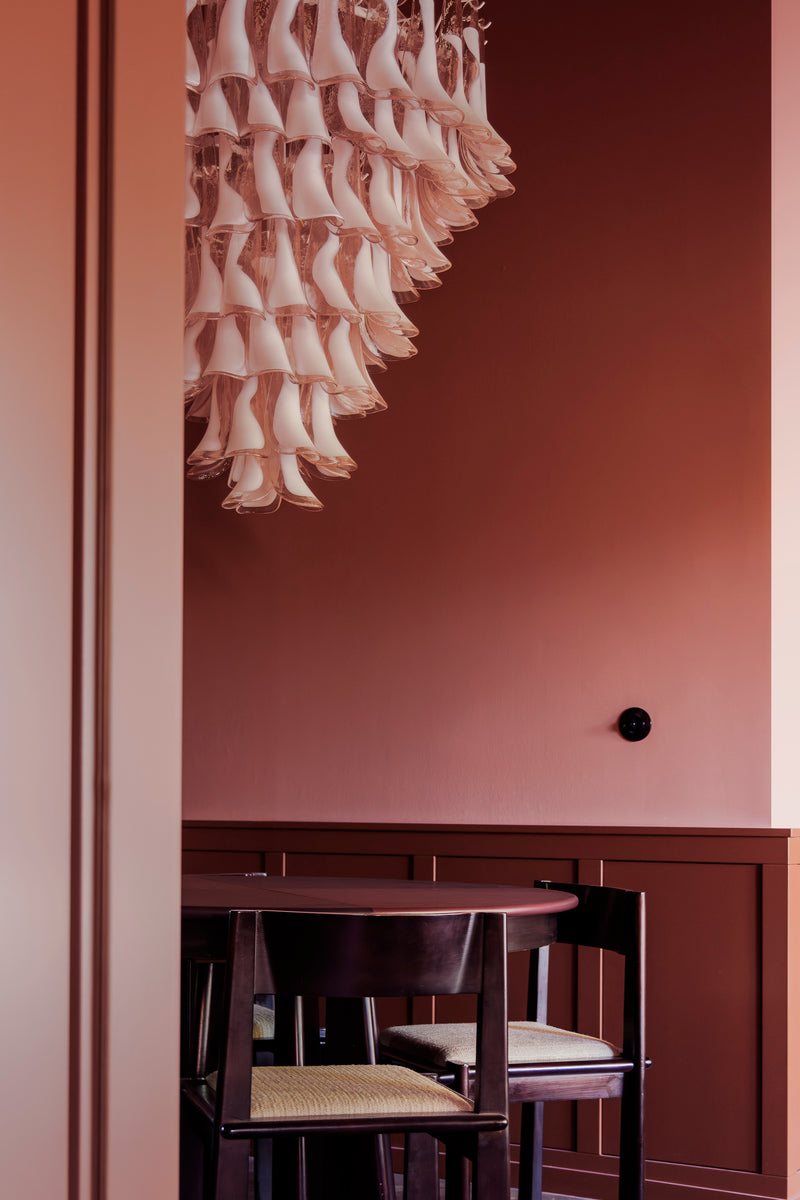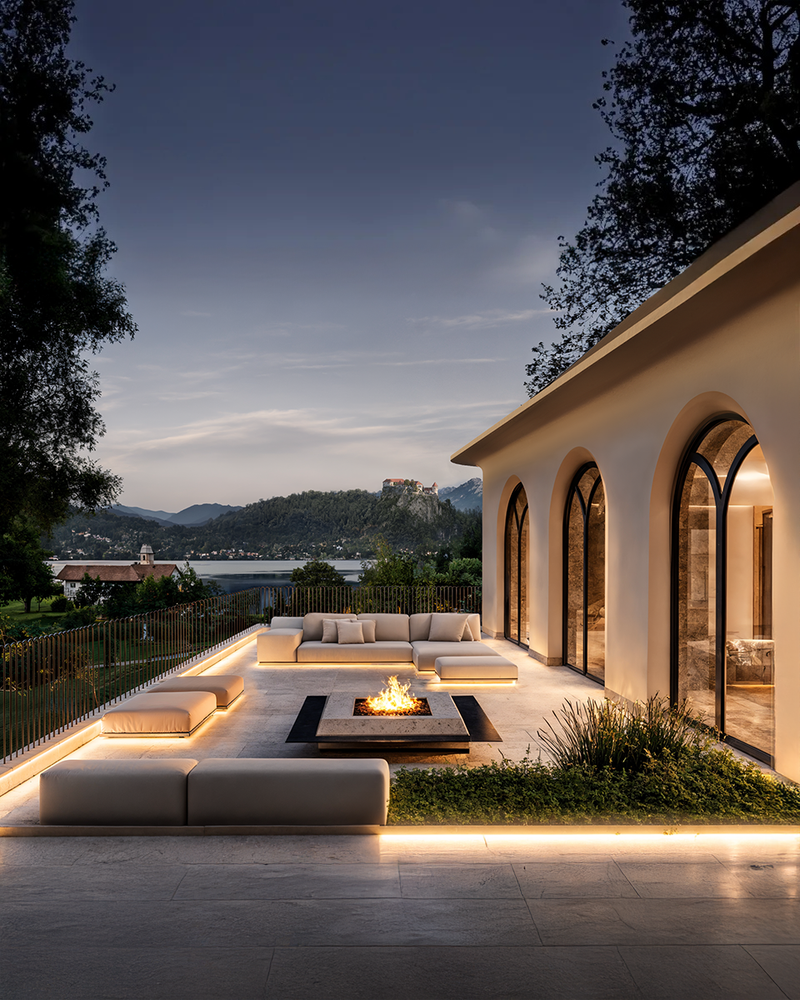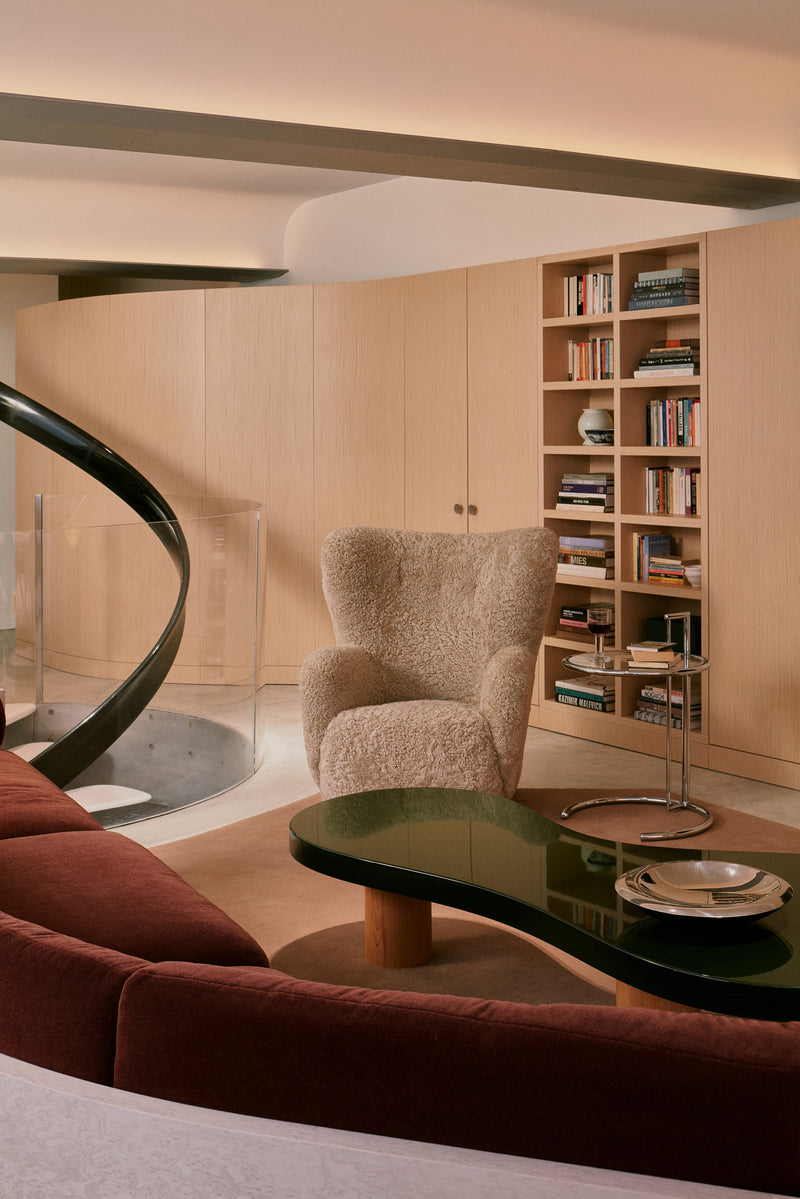Ariana's Restaurant, Dubai - G.A Group
Capturing Drama: Inside the World of Hospitality Photographer Brandon Barré
With a signature eye for light, detail, and drama, Brandon Barré has become one of the most sought-after photographers in luxury hospitality and interiors.

Q: You are a professional photographer specialising in luxury hospitality and interiors. Did you start your career in this sector?
I actually began by shooting publicity photography for television personalities and hosts. That eventually led me to photograph interior designers who had TV makeover shows - hugely popular at the time. I ended up working with a slew of them.
Title Warehouse, Kuwait - Lines Kuwait
Halo at Fairmont Breakers, California - Rodrigo Vargas Design
Q: How different is it to photograph interiors compared with people?
At its core, photography is all about capturing light and how it interacts with surfaces and subjects. In that sense, the principles are the same. But I’m a perfectionist - if given the choice between photographing a still-life subject that remains motionless while I make endless lighting and prop adjustments, or a person who might get restless or need to rush off to their next meeting, I’ll choose still life every time!
Piatti Restaurant, Kuwait - Lines Kuwait
Q: Did you enjoy working with TV shows like Divine Design with Candice Olson?
That feels like a lifetime ago! Divine Design was my first real shot at focusing on interiors along with PR, and it was an amazing chance to hone my skills. The show was a huge hit, running for multiple seasons, and I got to capture every episode - enough to fill a series of eight books, so the pressure was on to get it right. Having Candice Olson’s work in my portfolio opened so many doors, leading to more TV design projects and later editorial interiors for shelter magazines.
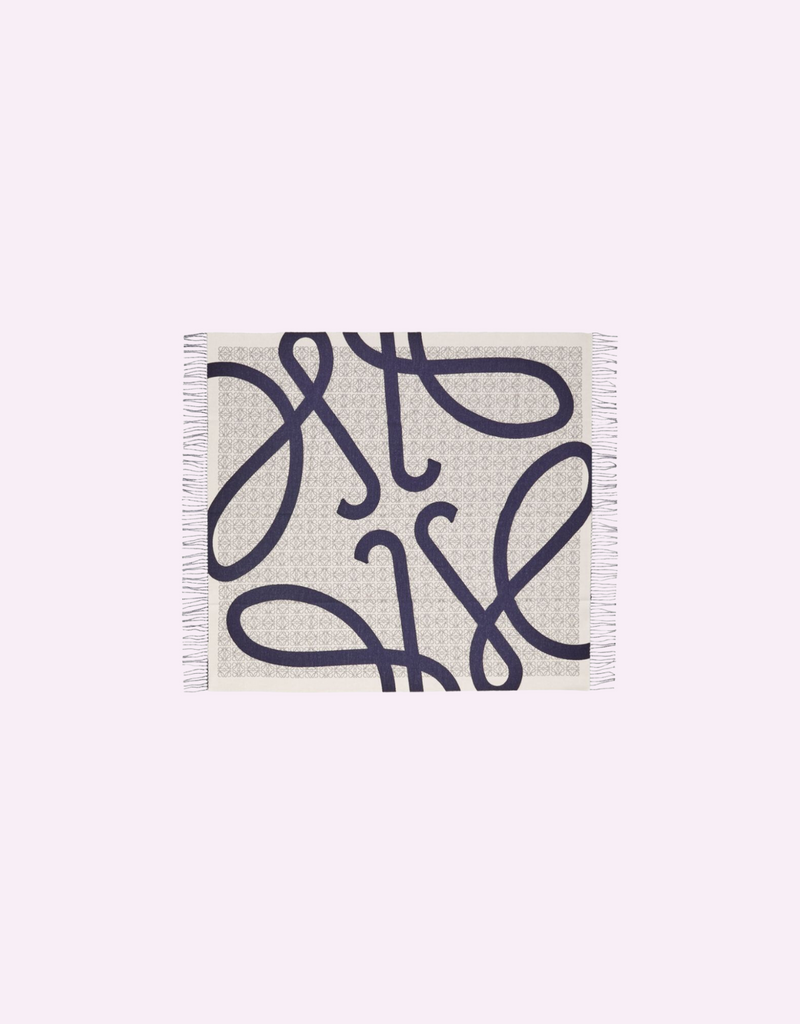
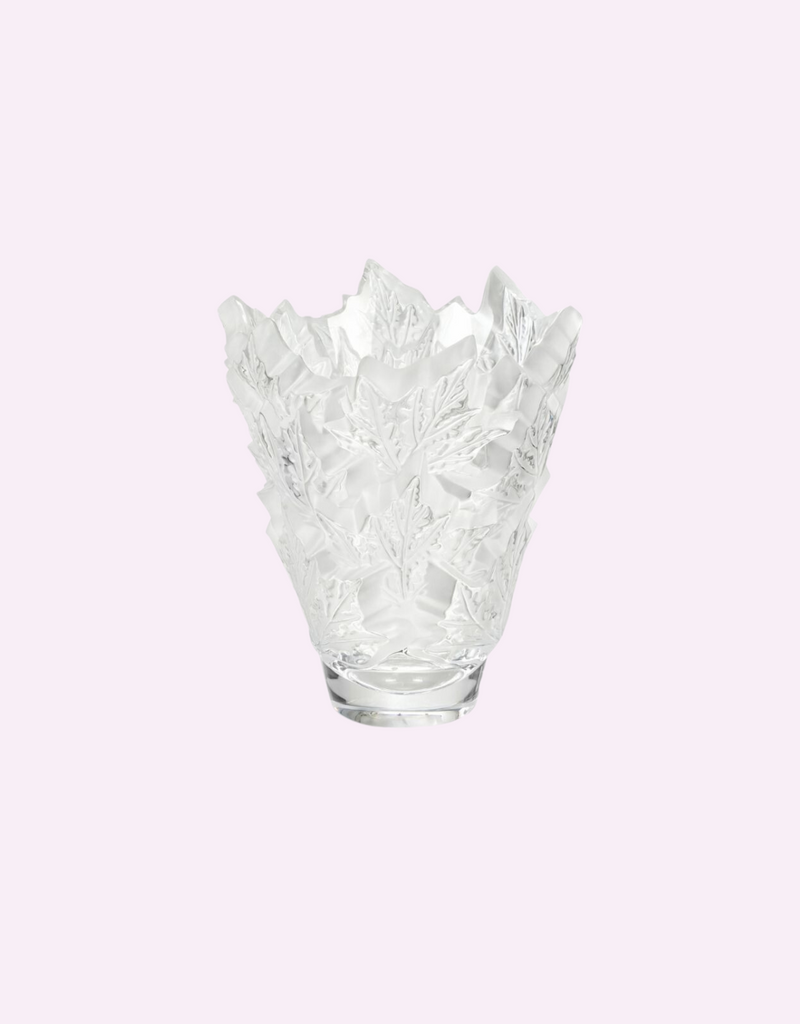
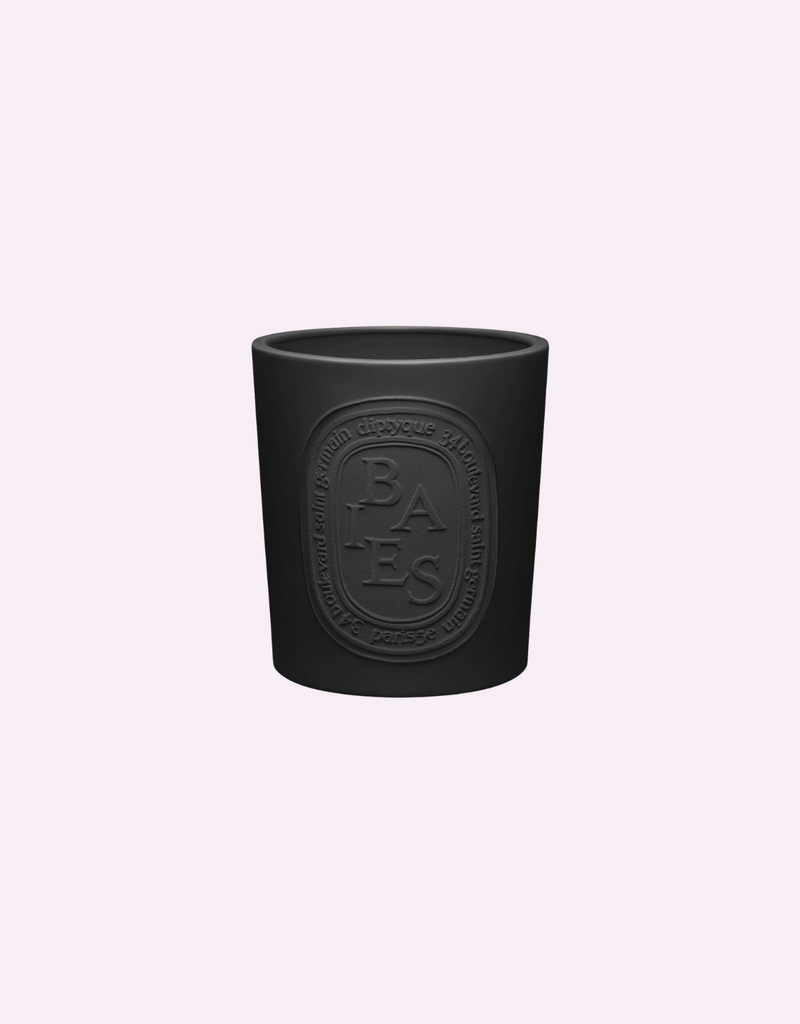
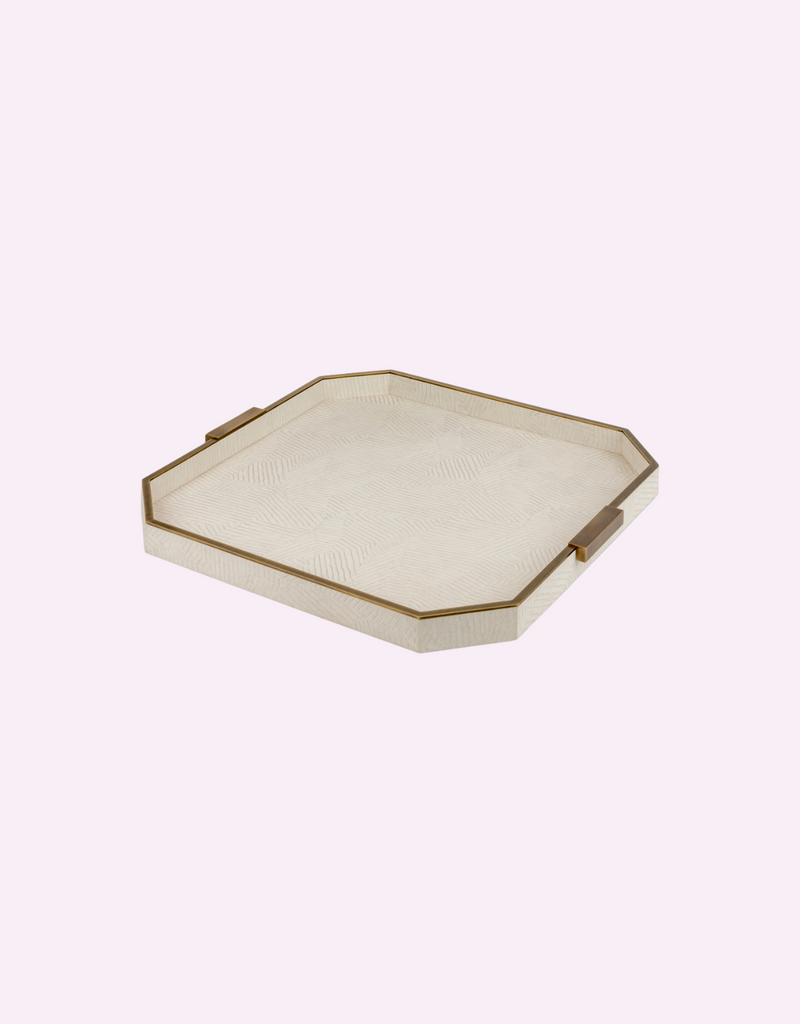

Q: How did you jump from TV makeover interior photography to luxury hotels?
It was a natural progression—one opportunity leading to another. A U.S. agency found my work online and hired me to shoot a hotel in Canada. That led to more projects with them, which caught the attention of an interior design firm specializing in luxury hospitality. They had seen my work on a W Hotel project and felt I’d be a great fit to shoot the new Shangri-La Hotel in Toronto. From there, that firm continued to bring me along for projects across the country. Eventually, major hotel brands took notice, and I became an approved photographer for Fairmont and Marriott, which opened the door to international travel and high-end hotel shoots.
Mijo Modern, Las Vegas - Studio Munge
Ariana's Restaurant, Dubai - G.A Group
Q: You have travelled all over the world because of your photography - is there one project or hotel that has created a special memory?
My assistant and I get this question a lot! It’s hard to choose, but Venice, Italy, is definitely at the top of the list. We had the privilege of shooting two extraordinary palazzo hotels on the Grand Canal - The Danieli and The Gritti Palace - each requiring nearly a month to capture in full. The location is magic, and staying at these five-star properties felt like a once-in-a-lifetime experience. Other unforgettable shoots include projects in the Maldives, Algarve, Dubai, and Kuwait.

Q: Most of the hotels and restaurants that you are now photographing are so magnificent and elaborate - how do you manage to capture the magic consistently?
Thank you! Consistency is one of the biggest challenges because every space presents unique characteristics - some working in your favor, others creating obstacles. A lot of what we do is problem-solving in real time to bring out the best in a design. That means carefully shaping light to enhance depth and scale, framing shots to create a dynamic composition and ensuring that every detail contributes to the mood and personality of the environment.
Nobu Restaurant, Dubai - Rockwell Group
Thames City, London - AB Concept
Q: What are the biggest challenges when photographing hospitality?
Lighting is number one. Mixing daylight with artificial light can be tricky, and many LED bulbs still have poor color temperatures - too cool or too green - requiring adjustments on the day and in post-production. Some spaces also have architectural quirks that need to be minimized or concealed, which means getting creative with camera angles and editing techniques.

Q: Do you see AI as a threat or an opportunity in relation to content creation?
Time will tell. What drew me to photography in the first place was the idea of capturing a real moment - a true representation of a space as it existed when the shutter was pushed. Despite the amount of editing we put into images now, I still feel that way in principle, which is why I’m not a fan of overly manipulated images or the proliferation of AI-generated renderings of "fantasy" spaces that could never exist in reality.
Piatti Restaurant, Kuwait - Lines Kuwait

Q: What advice would you offer to photographers who want to succeed in this sector?
As with any creative field, you have to genuinely love the craft because success takes countless hours of dedication. The early days can be slow and challenging, so perseverance is key. But if you stick with it, the rewards can be incredibly satisfying.
Alter Ego at Fairmont Breakers, California - Rodrigo Vargas Design

Q: Can you tell us about the next exciting project you are going to photograph?
We have an exciting few months of photoshoots ahead: a stunning resort on Big Island, Hawaii, two highly anticipated restaurant openings in LA and Las Vegas, and a new luxury hotel debuting in Rome to name just to name a few. Lots to look forward to!


